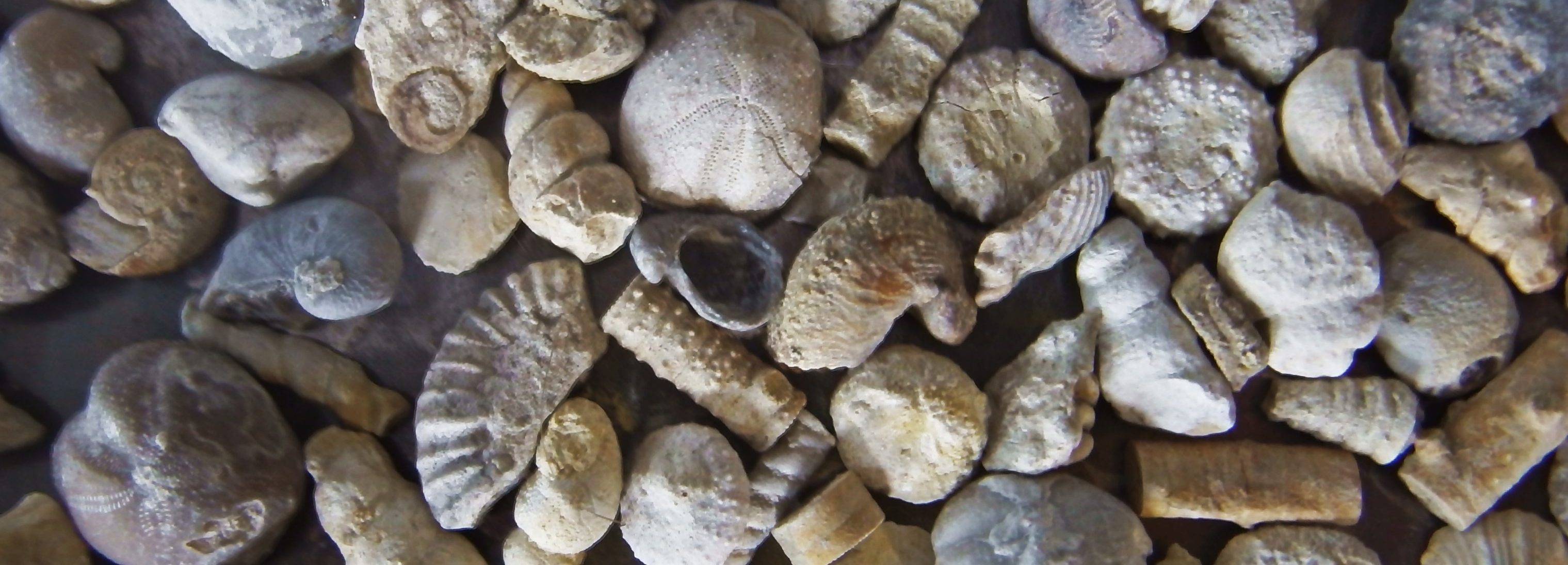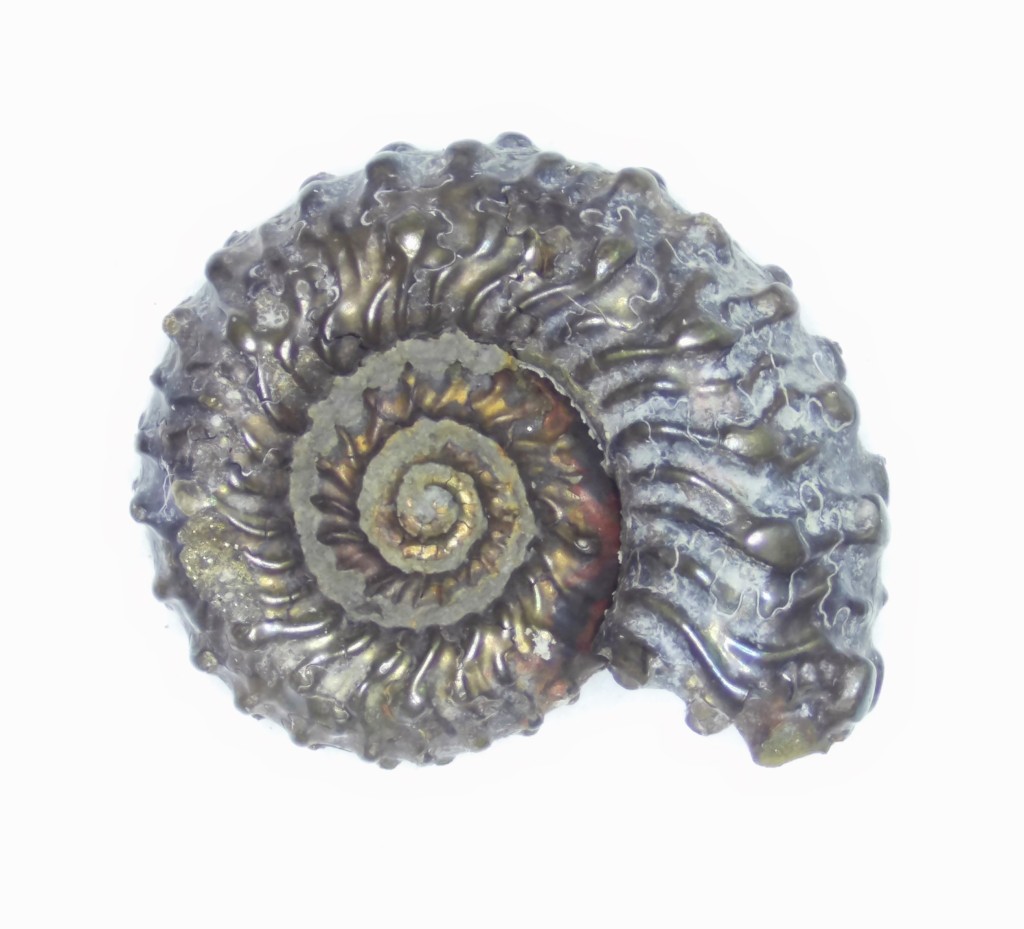
Texas has such an incredible diversity of ecosystems and geology. In Central Texas, we typically have Cretaceous rocks and fossils (65-150 MYO) but head a bit North and there are rocks that are more than TWICE as old…from the Carboniferous Period, around 300 MYO. One of the most amazing place is in Jacksboro TX , just a bit North-East of Fort Worth. There are numerous sites around the entire area, with the Mineral Wells Fossil Park being one of the places I recommend all the time…a public access fossil park where you get to keep everything you find! As part of the Paleontological Society of Austin, we are lucky to have permission to hunt some of the more “out of the way” localities. This spot in Jacksboro is one such place. It is one of those sites that you can literally spend hours and hours fossil hunting! Everytime I go I find something new that I’ve never found before. This time was no exception!
The PSoA took our annual trip there a few months ago and we had a lovely day for fossil hunting…not too cool, not too hot.. and days like that are very special in Texas! I also hauled out two 5 Gallon buckets of micro matrix to process when I got home. And I am glad I did….some of the micro stuff is superb!
The Pennsylvanian Period within the Carboniferous is primarily brachiopods, crinoids, corals, bryozoans and gastropods, with nautiloids, straight shelled cephalopods and goniatites as special sprinkles throughout. There are some other really special fossil found at this site too: an interesting early bivalve called a Rostroconch, shark teeth and trilobites (although I havn’t found any of those!) and the occasional echinoid fragment.
This is a lovely big Rostroconch I found this time. I’ve only found two others, they are not exactly common. Apotocardium lanterna


This brachiopod is a new find for me – Fimbrinia sp…it’s a very pretty spiny little brach that I have been hoping to find for some time. Another nice find was this Kozlowskia splendens, a beautiful brach with a pearlescent shell.


The ammonoid Goniatites are always a prized find at Jacksboro. Sometimes you’ll find a decent sized on in the field, typically broken or othewise weathered, but if you are especially lucky, a good one. I have collected a quite a few pieces of an amazing Goniatite called Gonioloboceras. They are known for their zig zag pattern sutures. I thought I had finally found a whole one, was so thrilled I nearly tripped over myself climbing up to get it:

I was a bit sad to find out that the center was gone, but it’s still the most complete one I’ve found so far. The other side is more complete, but more weathered too.


I found one other tiny goniatite while onsite, but the micro matrix yielded a plethora of the tiny ammonoids.
Top Row- R: Glaphyrites millsi C: Imitoceras grahamensis L: Neodimorphoceras texanum






Bottom Row: Prouddenites grafordensis C: Wiedeyoceras pingue L: Unknown
Although I have found a variety of crinoid parts (spines, columnals, etc) I had not found a complete calyx yet. Happily I found two this trip!


These are a couple of the micro crinoid finds – the first is a primibrachial auxillary, but the second piece is something which I have no idea what it is…except I am fairly sure it’s crinoidy.


A few more of my favorite finds are the Gastropods – there are many different gastopods found in the Pennsylvanian Period and this Cymatospira montfortianus is my absolute favorite.

While not all of these were found on this trip, these are some of the Gastropods typically found at the Jacksboro site:
Top Row: Trepospira discoidalis, Glabrocingulum sp., and Pharkidonotus percarinatus
Second Row : Worthenia tabulata, Euphemites vittatus, and Straparollus sp.
Bottom Row: Strobeus sp., Spiroscala pagoda and Pseudozygopleura scitula









And finally, some little corals. The Lophophylidium are very common, the other two, not as much. Top: Lophophylidium spinosum (L) and profundum (R)




Striatopora plummeri (L) and Palaeacis perpendicularis (R)
I am already excited about heading back out to Jacksboro and plan on going to Mineral Wells Fossil Park – it’s been a few years since I’ve been there and amazingly, even though hundreds and hundreds of people hunt there….there’s always more fossils to find! And if you want more Fossil-Quest – check out www.fossil-quest.com! Happy Hunting!

























































































































































































































































